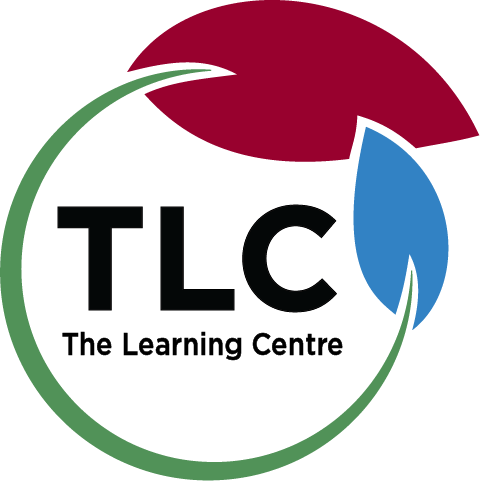Use Your Rubric to Plan and Analyze Your Work
What is a rubric?
When you receive many of your course assignments, you may also receive a copy of the rubric the instructor will use to grade your work. The rubric provides information on what criteria shape a highly successful assignment.
How to use rubrics
Your assignment instructions and rubric are two of your key tools throughout the process of completing the assignment. These provide an outline of the criteria that the instructor has set out for a successful assignment. There are two key times to use the rubric and assignment instructions:
- Before you start writing: Unfortunately, time may be lost writing something that does not meet the key guidelines you must follow. To avoid this problem, take time to read both the assignment instructions and rubric carefully before beginning. Clarify any areas of confusion with your instructor.
- After you have written a draft, but before you submit the assignment: At this point, grade your work according to the rubric. Think carefully and critically. Are there areas where you may not have met the criteria well? If so, edit your work accordingly, making the needed revisions before submitting the assignment.
Making Rubrics Work for You: Video Script
When you receive an assignment, you may notice that it includes a rubric or checklist that indicates how your instructor will mark your work. Have you ever thought that this could be a powerful learning tool for you?
In this video, you’ll learn how use a rubric to its maximum potential to support your learning.
The first time you want to look at the rubric is when you first begin working on your assignment. You want to avoid making the unfortunate make of putting a lot of time and effort into an assignment, only to miss an important element of the assignment requirements.
Analyze the rubric carefully. What is your instructor looking for? Which sections receive more marks? What elements are worth fewer marks? Use this information to determine how you want to focus your efforts.
Not sure what a term on the rubric means? Now is a great time to ask!
Now, imagine that you’ve finished writing the first draft of your assignment. How does the rubric help now? As it turns out, there are some powerful things you can do with a rubric at this stage in your work.
One secret to student success is learning to accurately understand how your work meets the expectations of your course. One way that you can do this is to put yourself into the place of your instructor, and try to grade your own assignment according to the rubric.
Does your assignment meet expectations? If it doesn’t quite yet, you still have time to consider what changes you want to make.
After you receive the marked assignment from your instructor, compare how your self-evaluation with the rubric compares with how your instructor graded your work. Where did you notice differences?
As you continue to use this process, you will work towards using a rubric to self-evaluate accurately – so that your self-evaluation closely matches your instructor’s evaluation of your work.
So, as you can see, a rubric can be a powerful tool for learning. By using your rubric effectively, you will be able to produce work that accurately meets the expectations of your course. Make the rubrics work for you!
